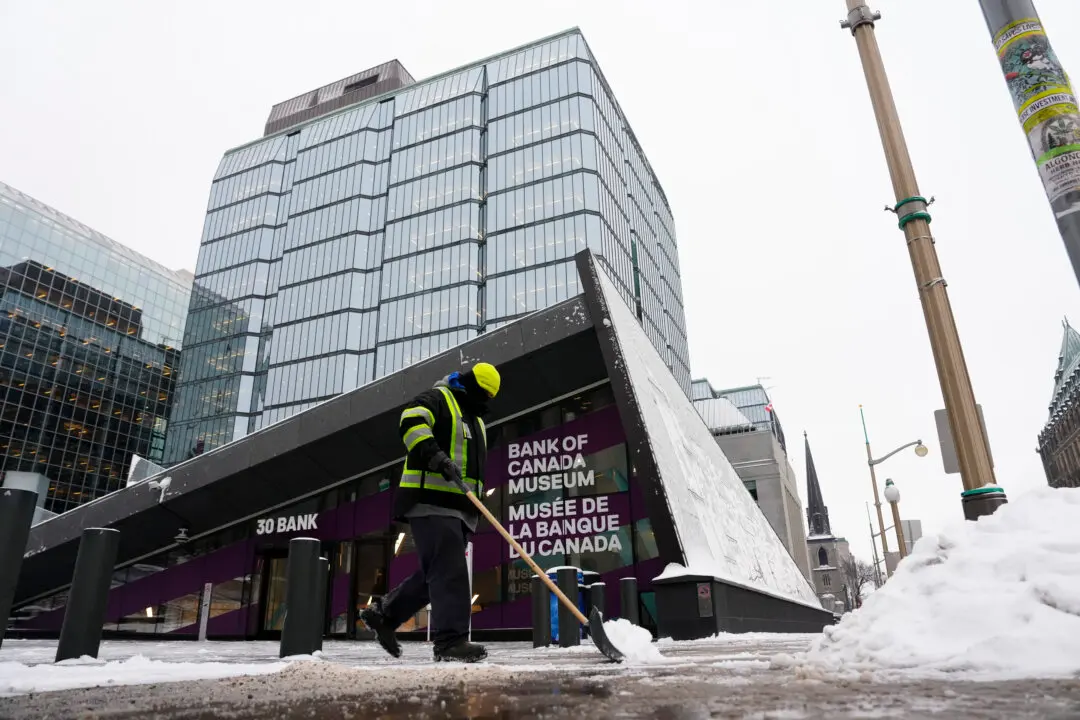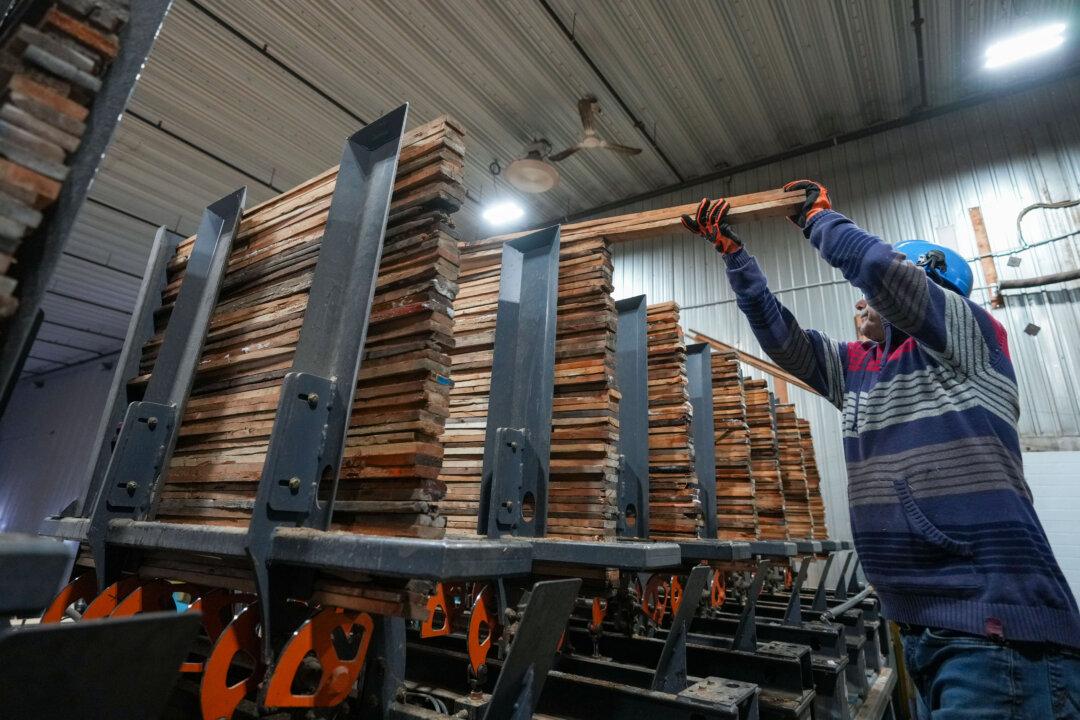On Sept. 22, MPs gave a standing ovation in the House of Commons for Ukrainian-Canadian Yaroslav Hunka, who was introduced as “a Canadian hero” by House Speaker Anthony Rota and thanked for his military service.
A firestorm erupted a few days later after it emerged that Mr. Hunka was a former member of the Waffen SS, a Nazi division accused of war crimes during World War II.





